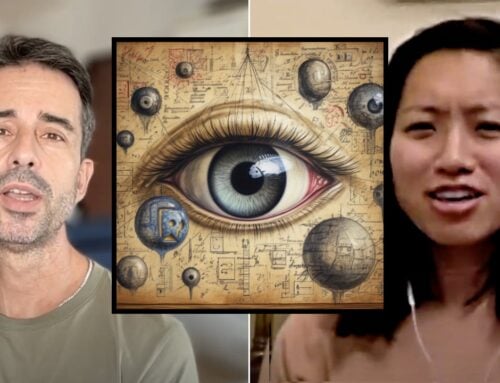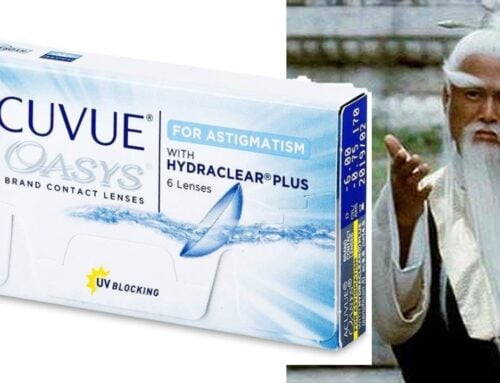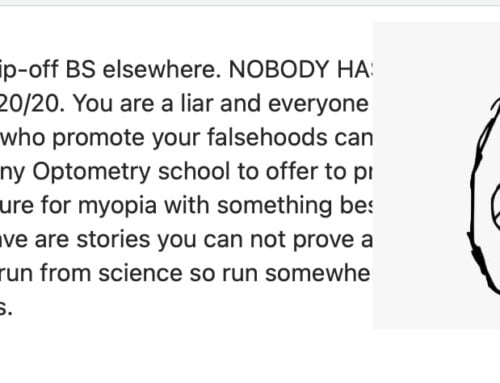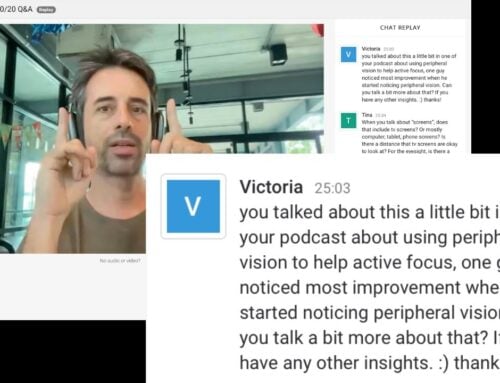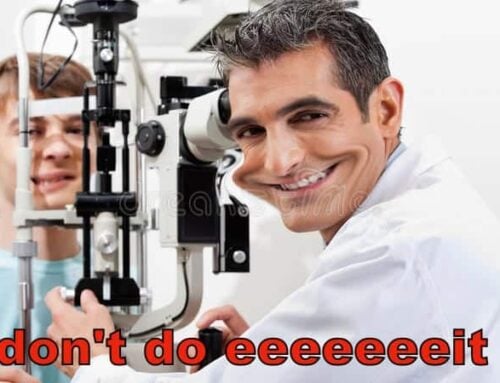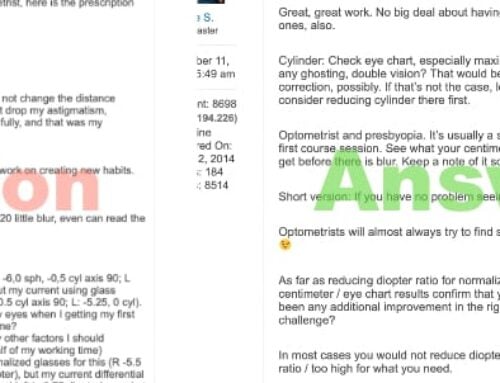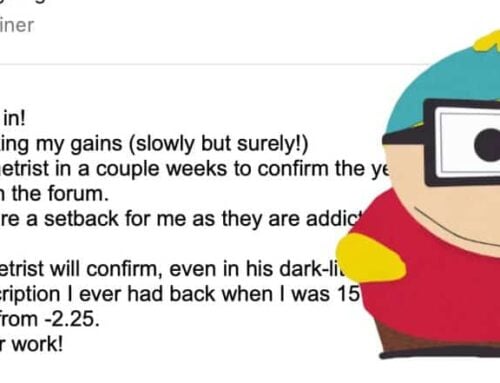At the #endmyopia project we’d always been sticklers about the optical quality of any sort of close-up focus displays.
TVs, computer screens, being the ever increasing primary driver of myopia (shortsightedness), I used to watch with horror at the increasing mobility of computers, and the terrible display quality that came with them. I remember distinctly the early models of the Macbook (150, 165c, etc). You could take a centimeter measurement of your eyes before, and two hours into looking at those screens, and just witness your eyesight going downhill – FAST.
The years thereafter didn’t do us any favors, either. A lot of my clients having always been the professional category, the business laptops they would bring into the office were just staggeringly bad.
And it’s no joke: Bad displays really do damage your eyesight – immediately as well as long term.
You can test this yourself, by using the centimeter measurement with a good and a bad quality display. Your mileage may vary, as some people are more sensitive than others. Though odds are, looking at a low quality TN panel typical to most business laptops, along with aged LCD lighting, a bit of poor ambient light with it, you’ll loose as much as 20% of your vision acuity by the end of a single day (!).
Of course there is no substitute for limiting close-up focus, keeping safe viewing distances, and never, ever wearing your regular prescription while focused up-close.
For some time, ten years or so ago, there were some really high quality laptop displays. That came and went. I used to keep a list published in the office, of laptop screens we’d recommend, as well as desktop monitors. It was interesting to watch that list fluctuate year over year. Some years it’d be a few pages long, others barely a single one.
Then Apple really took high quality screens mainstream just recently. This has been a huge opportunity to reduce close-up eye strain.
Of course again, here we have a big risk, as people use these portable devices so much longer, and at closer distances – the net result being more myopia, more eye strain. But they could actually help your eyesight health.
I briefly explain in this forum post: https://endmyopia.org/myopia-forums/topic/strange-i-see-much-better-via-tablet/
Optical quality is quite important.
Notice how you subjectively, emotionally, ‘enjoy’ whenever you see a really high resolution screen. The newer model iPads, HD TV’s, etc. There’s a universial ‘wow’ response from everyone when they first experience them.
We don’t have negative feedback from poor quality display images, the way we’d feel pain from drinking coffee too hot. But the strain happens. The emotional ‘ahhh’ you get from a high resolution screen, is because your brain finally has a good quality image to process.
I always mention the risk of these things – too easy to put it too close, as far as smartphones and tablets. Easy to spend too much time watching TV, with the really high quality being almost hypnotic.
Besides that though, if you have to be up-close, get high resolution, high quality screens. Low reflection is also important, and a matter of setting up your ambient lighting correctly.
And it’s true. Just as with the Myopia Rehab Programs you learn about all the existing feedback you get from your eyes, that ‘ahhh’ feeling when you look at a no-pixel, high resolution display, is that of lowered eye strain.
Now if you spend an extra two hours gaming, and playing on the tablet while also watching TV, it’s a zero sum gain. Your eyes will get strained more. But if you practice the 4 Pillars, and keep your up-close time under control, the high quality displays really will help you minimize eyestrain and enjoy better vision health.




